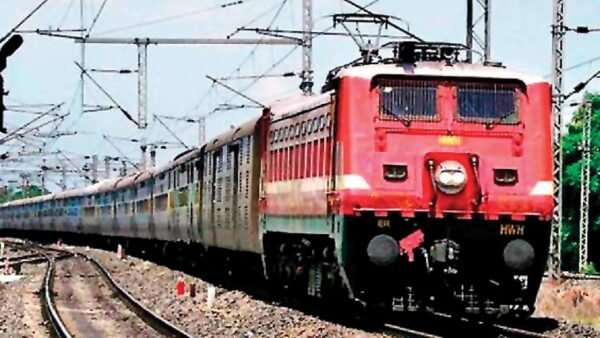AS the world railways have progressed, it may seem that the Indian Railways has been lagging behind. Thus, extreme leapfrogging of technology is needed. The Railway ministry has plans of investing INR 905,000 crore or USD 139 billion. This whopping sum of money is used towards up gradation of the railways by 2020. The IR’s Research Design and Standards Organisation (RDSO) undertake all research, designs and standardization work for modernization.
Let us start with the trains. The Indian trains are infamous for having very low average speeds in comparison with rest of the developed world. Many feasibility studies have been conducted to upgrade specific route to high-speed tracks. Among them is the Diamond Quadrilateral which is planned to connect the four major metros; Delhi, Mumbai, Kolkata, and Chennai. The Indian Railways and the Japanese government have jointly agreed to develop a high-speed corridor connecting Mumbai and Ahmedabad. The cost of developing this is estimated to be around ₹110,000 crore. The Japanese government has decided to finance 81% of the project through a soft loan. As this is going to be a high-speed route, to avoid difficulties of acquiring extra land, building underpasses and constructing a projective fence, the tracks are going to be elevated. Indian Railways will initially operate the corridor for a five-year period before turning it over to a private operator. Construction of the corridor began in 2017 and is expected to be completed by 2022.
Another ambitious initiative by the government is to convert 10000km to high-speed passenger and freight corridors by 2027. A total investment of US$310 billion (INR 20,000 billion) is proposed. In addition to this, there are plans to develop stations and electronic signaling to enable automatic running of trains with frequencies as high as five to six minutes. Dedicated freight corridors of 3,300 km length are also being constructed, effectively freeing the dual use of high demand truck routes.
A semi-high-speed rail network will be introduced for connecting important routes. These routes include Delhi-Agra, Delhi-Kanpur, Nagpur-Secunderabad, Mumbai-Goa, and Chennai-Hyderabad. IN the being the trains will operate at about 160 kmph, which will later be increased to 200 kmph after the rails are strengthened and fenced off.
The Hyperloop is amongst the most exciting future transport systems in the world. A Mumbai-Pune Hyperloop is being proposed. The system will cut travel time to 14minutes as compared with the current 3 hours. The proposed system will be carrying 10000 commuters per hour, at speed over 1000kmph. As per the Detailed Project Report, this route was found to be feasible and can be made operational by 2026.
Commuters and cargo will travel in pods. The pods itself will in near-vacuum tubes and will be magnetically levitated. This reduced friction significantly, and the pods will be able to achieve speeds of 1000kmph.
While all this is exciting, for now, you will have to make do with the trains available. The next time you are waiting for a train, check the train running status and you will be able to estimate how long the train is taking to reach your station.

